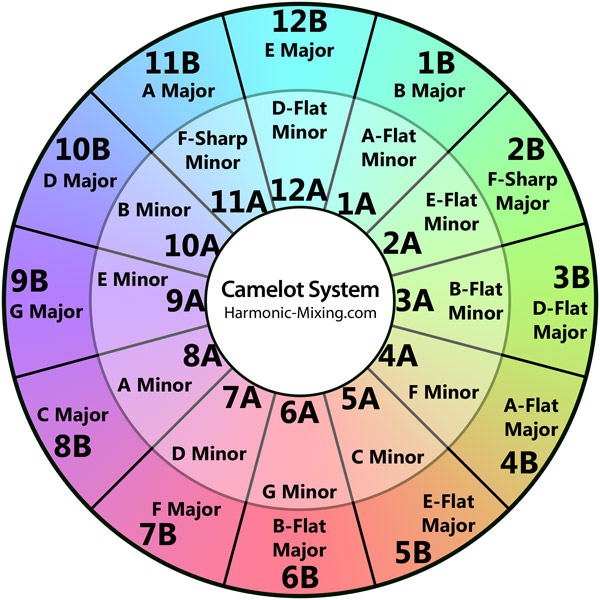| It is currently Wed Jun 25, 2025 6:57 pm |
|
All times are UTC |
 
|
Page 1 of 1 |
[ 12 posts ] |
|
| Author | Message | ||||
|---|---|---|---|---|---|
| Unfolding |
|
||||
Joined: Sun Jan 03, 2010 2:42 am Posts: 952 |
|
||||
|
|
| thx |
|
||||
Joined: Sat Jan 07, 2012 9:00 pm Posts: 199 |
|
||||
|
|
| dStx |
|
|||
Joined: Fri Dec 10, 2010 5:09 pm Posts: 118 |
|
|||
|
|
| Unfolding |
|
||||
Joined: Sun Jan 03, 2010 2:42 am Posts: 952 |
|
||||
|
|
| cadaver |
|
|||
Joined: Wed Apr 27, 2011 5:25 am Posts: 63 |
|
|||
|
|
| admbmb |
|
||||
Joined: Fri Sep 03, 2010 6:06 pm Posts: 477 |
|
||||
|
|
| IIIII |
|
||||
Joined: Sun Nov 04, 2007 1:46 am Posts: 2129 Location: Seattle |
|
||||
|
|
| tape smoke |
|
|||
Joined: Tue Jul 10, 2007 4:06 am Posts: 1878 |
|
|||
|
|
| Unfolding |
|
||||
Joined: Sun Jan 03, 2010 2:42 am Posts: 952 |
|
||||
|
|
| blavatsky |
|
|||
Joined: Fri Jan 28, 2011 8:35 pm Posts: 708 |
|
|||
|
|
| Unfolding |
|
||||
Joined: Sun Jan 03, 2010 2:42 am Posts: 952 |
|
||||
|
|
 
|
Page 1 of 1 |
[ 12 posts ] |
|
All times are UTC |
|
|
Who is online |
Users browsing this forum: No registered users and 4 guests |
| You cannot post new topics in this forum You cannot reply to topics in this forum You cannot edit your posts in this forum You cannot delete your posts in this forum You cannot post attachments in this forum |



